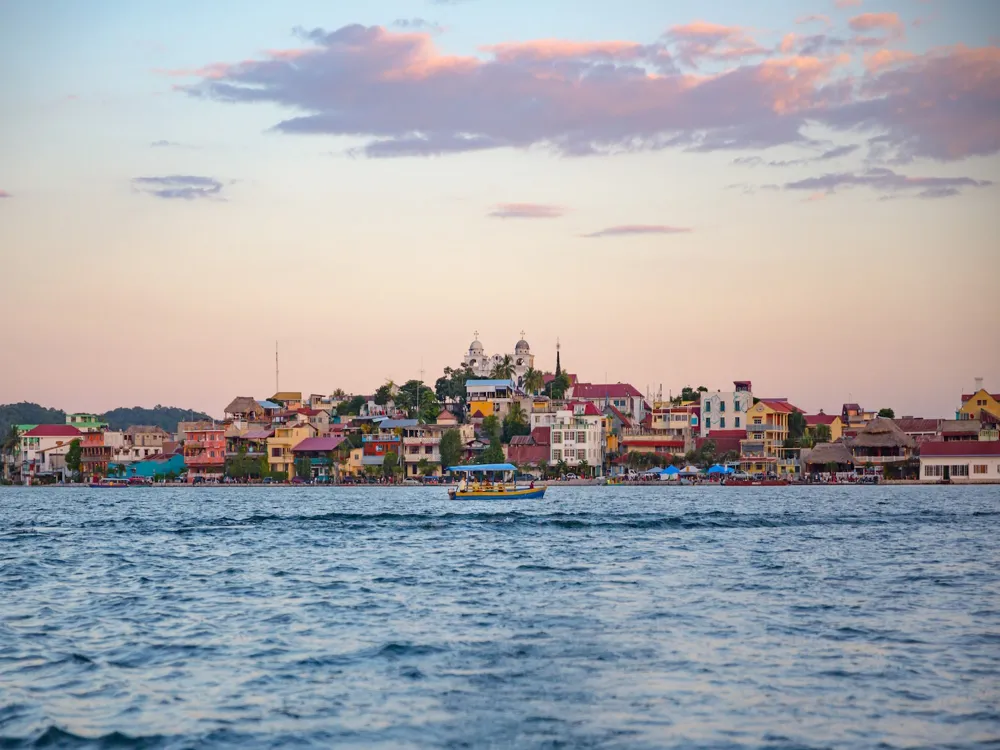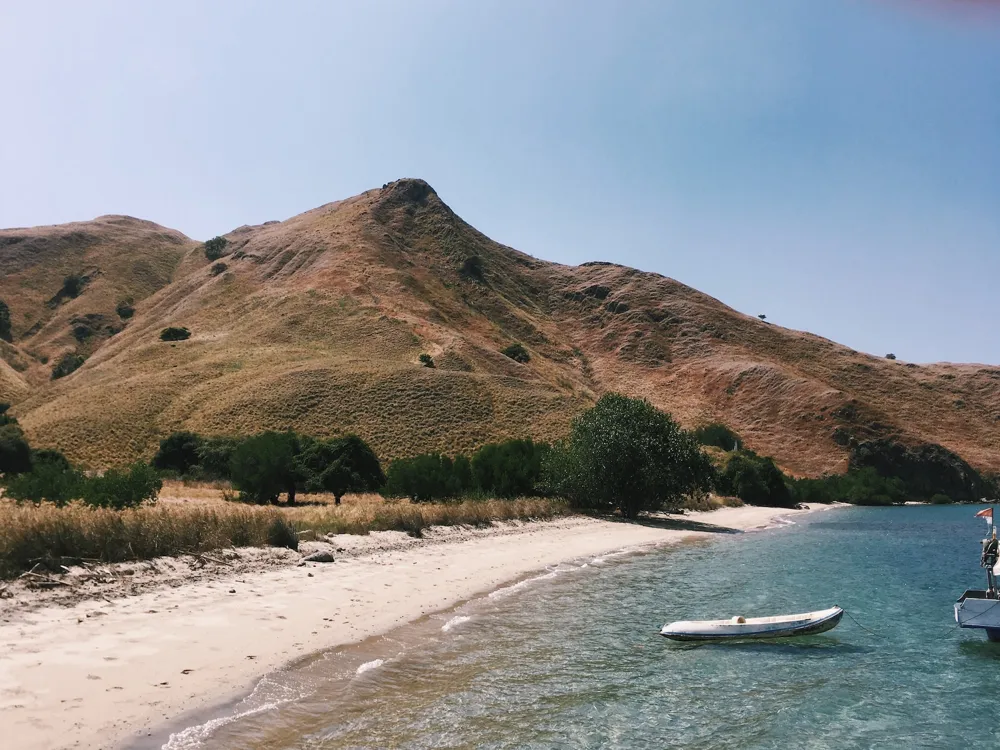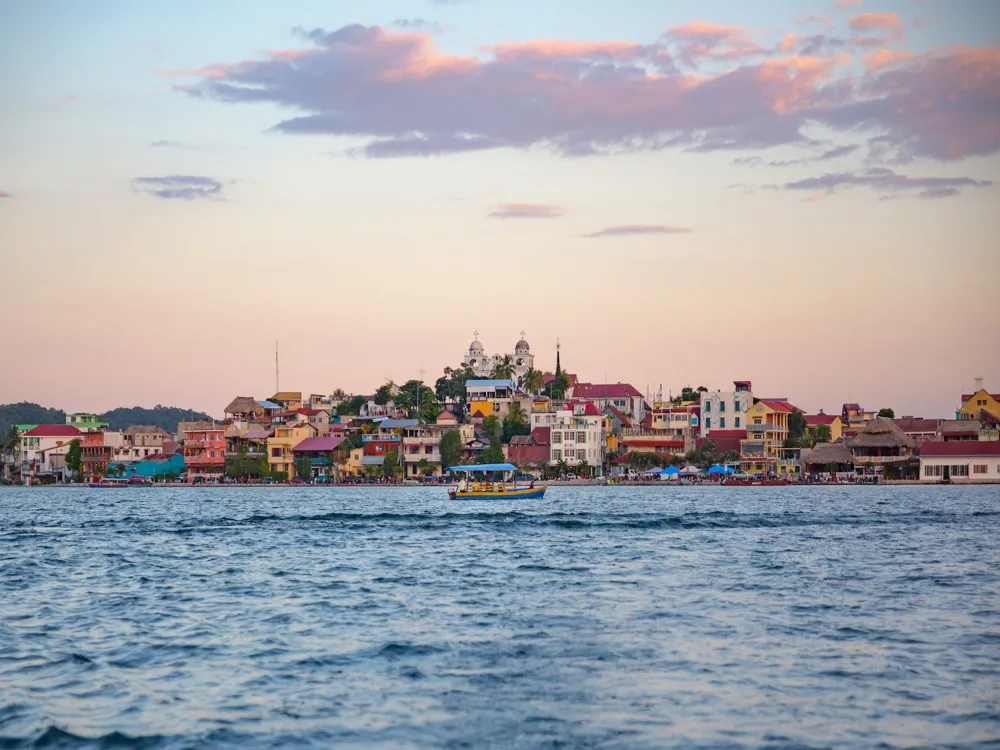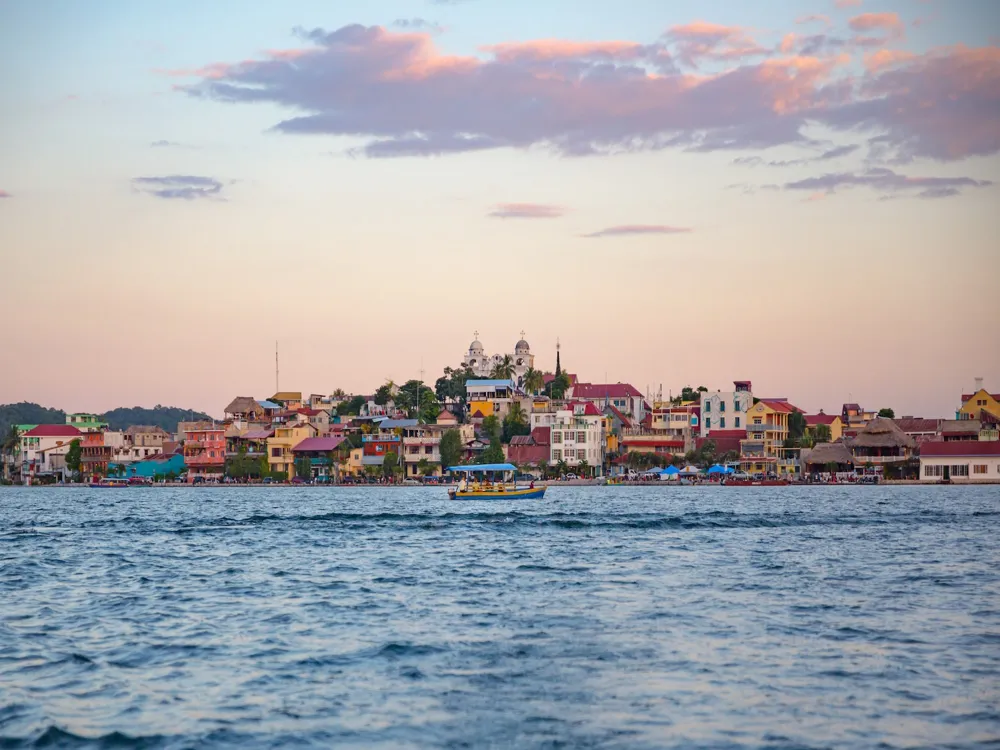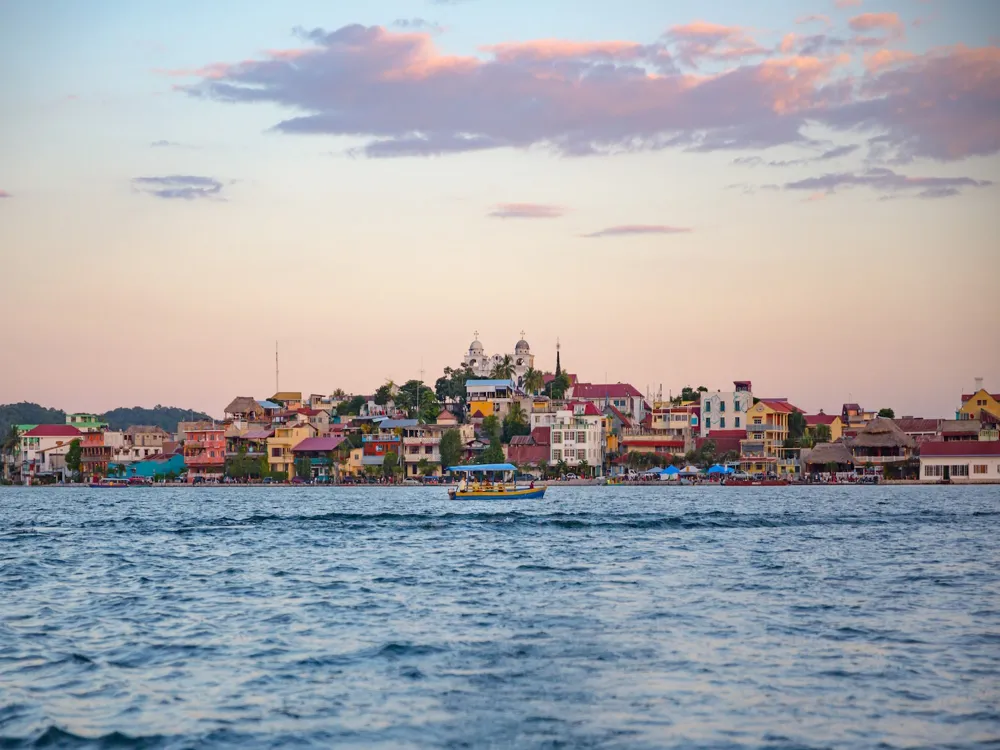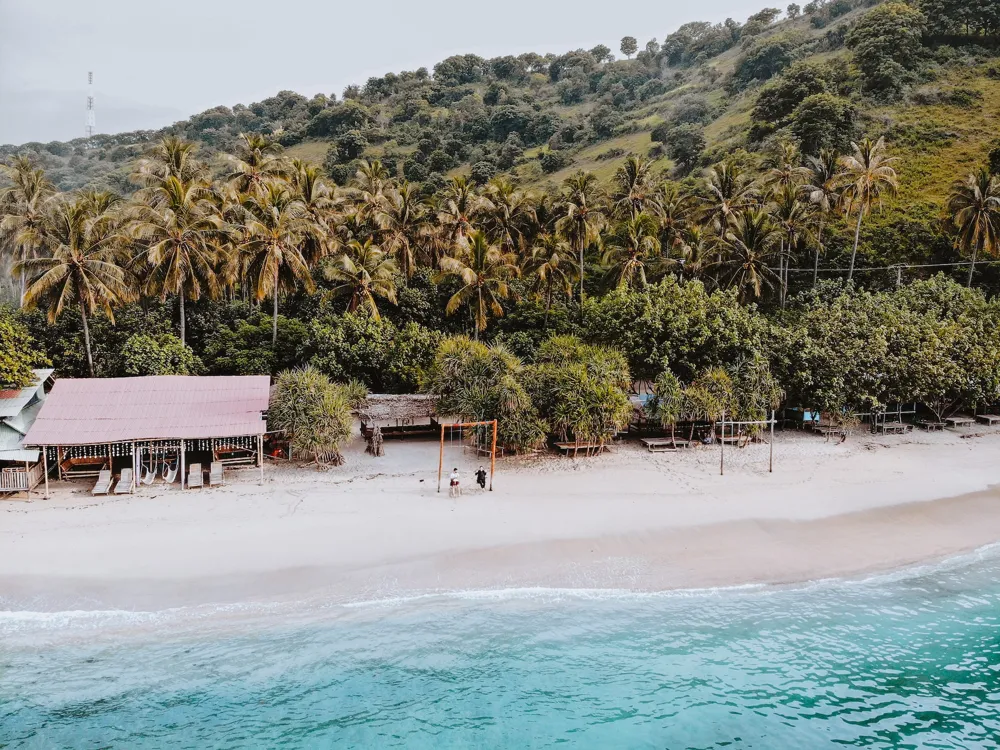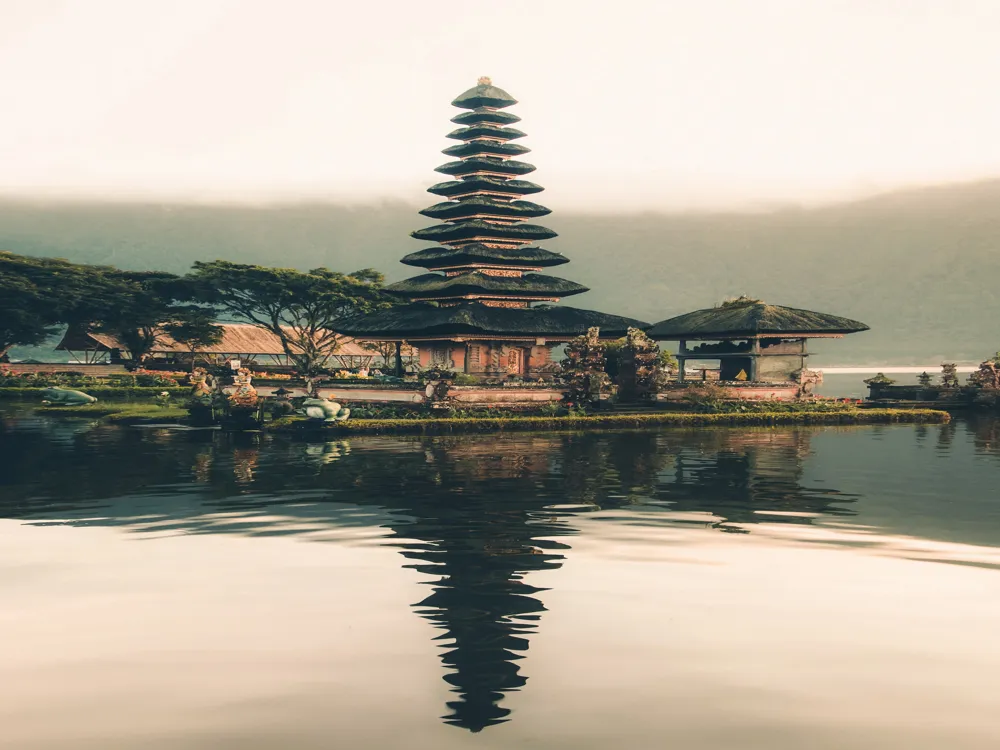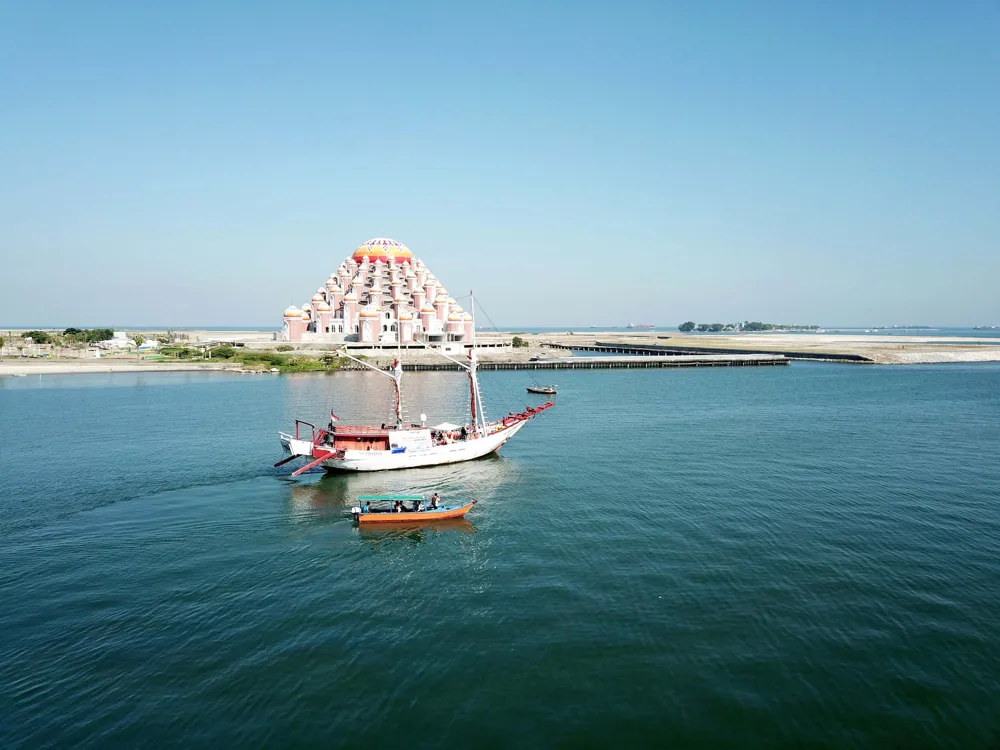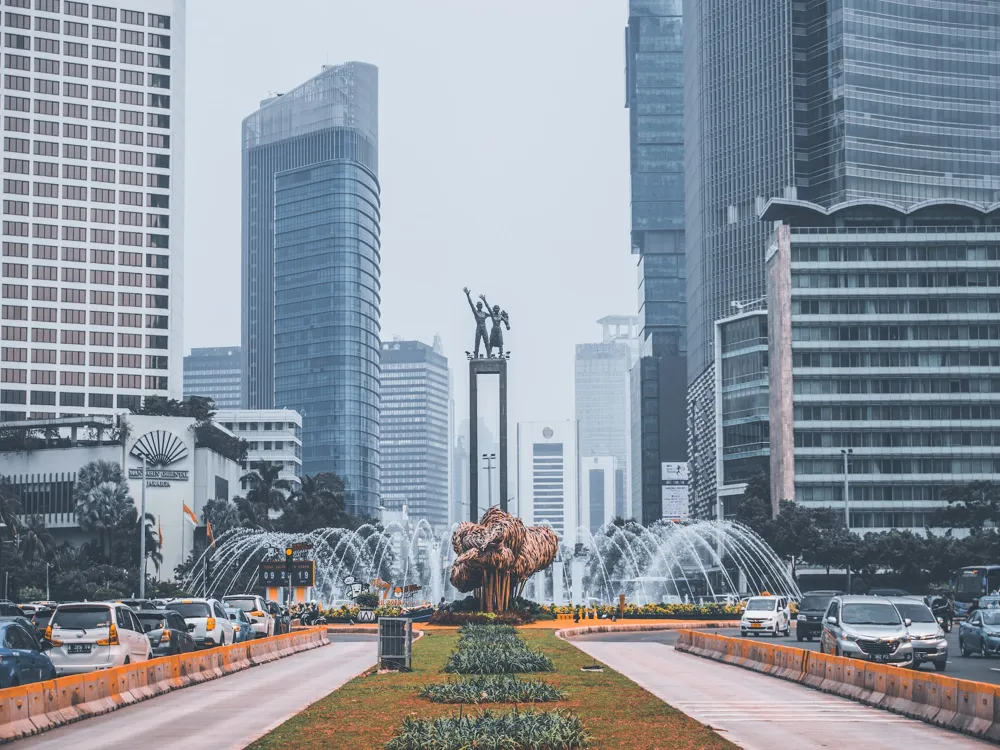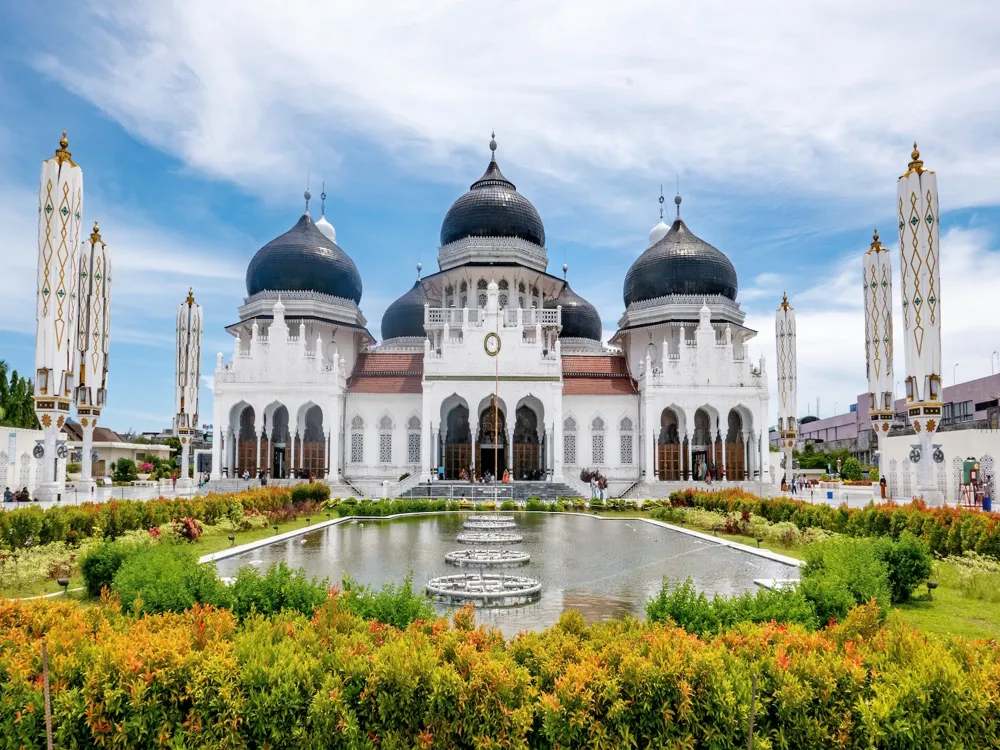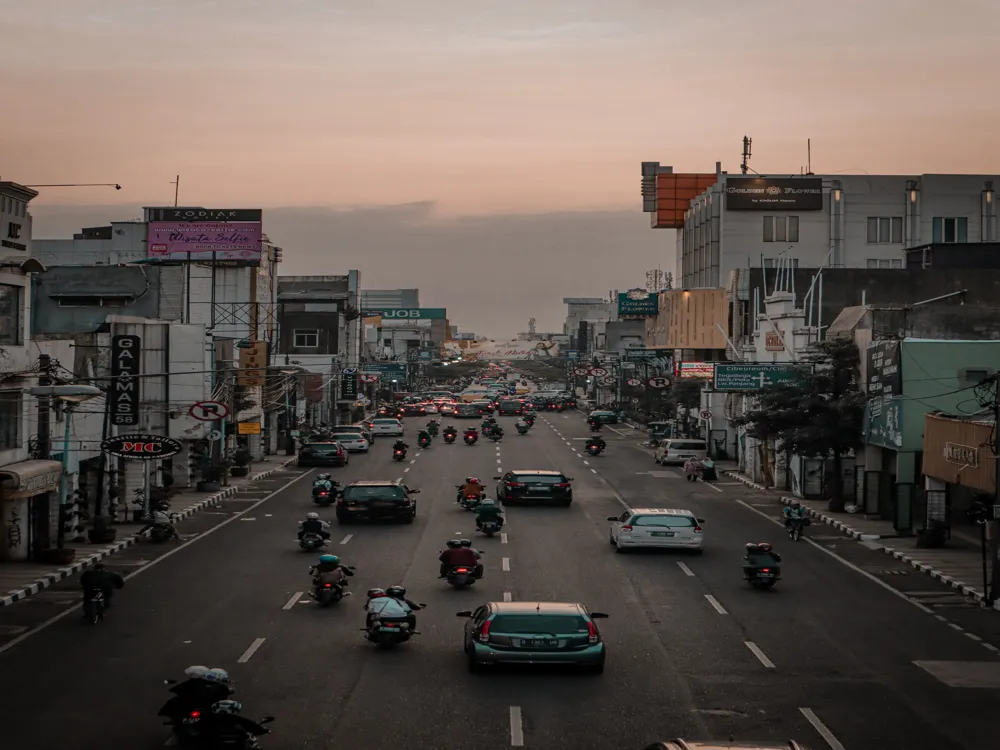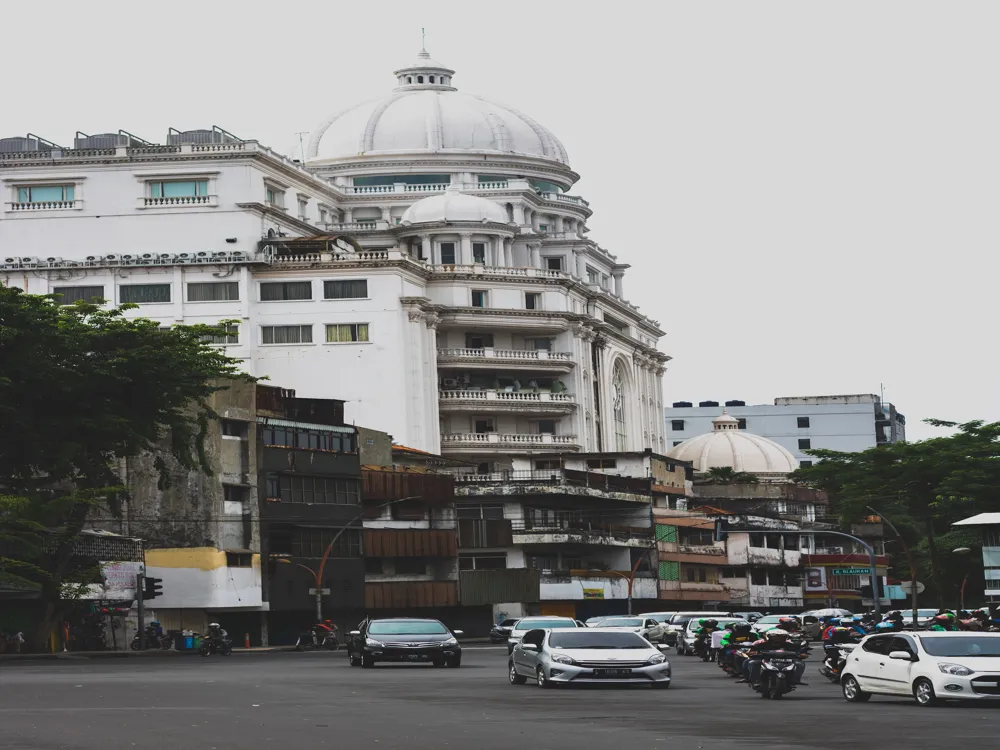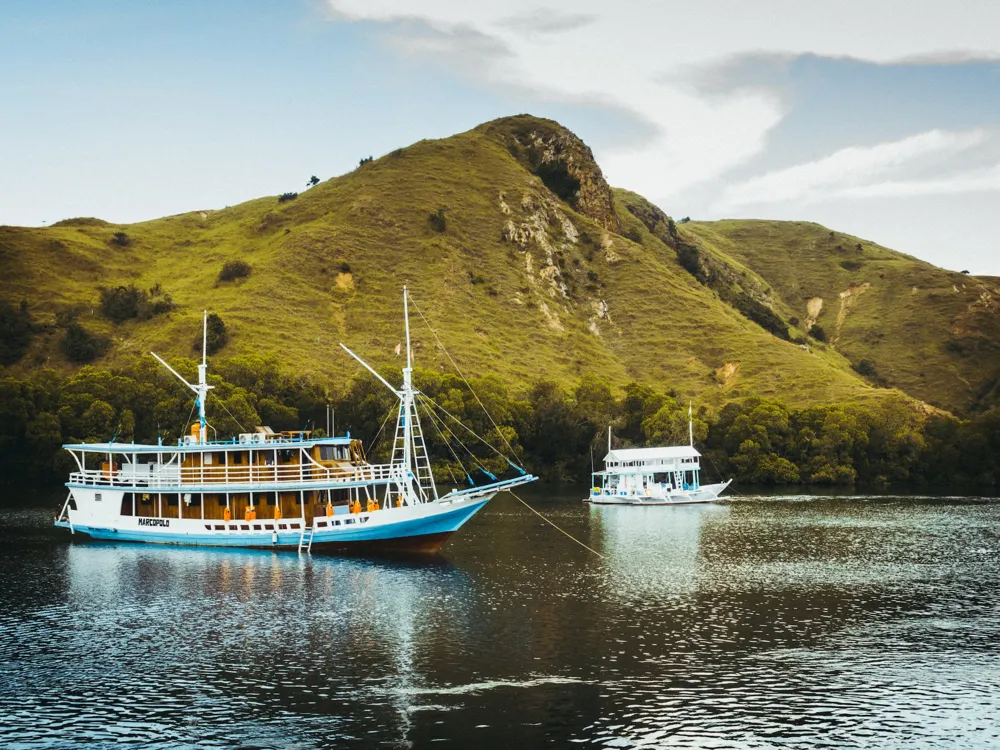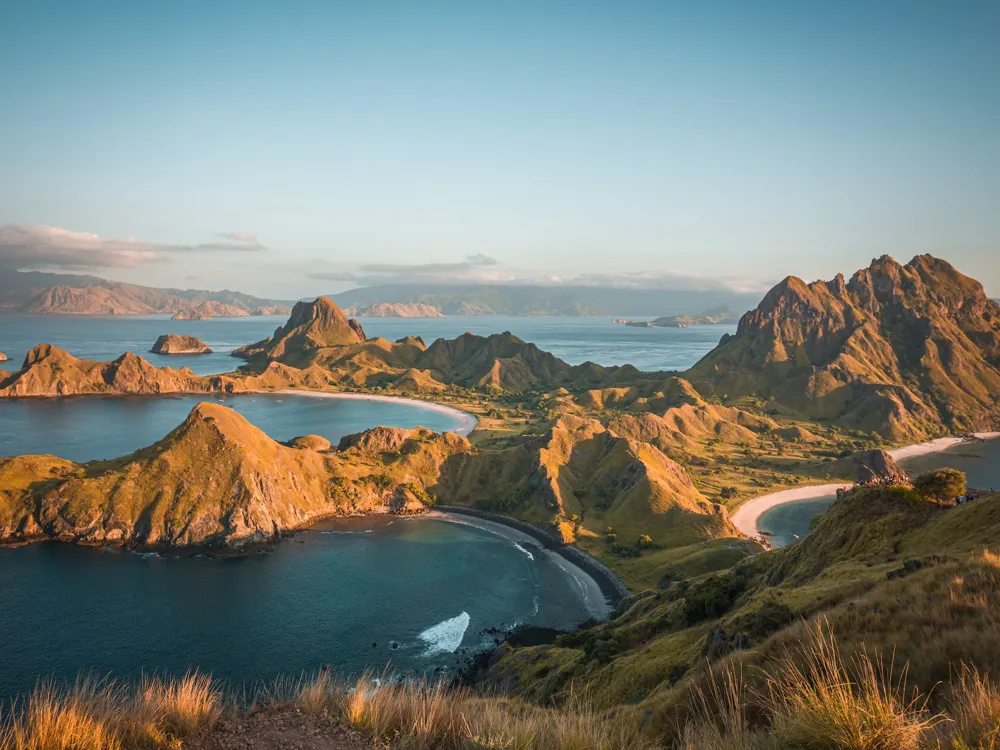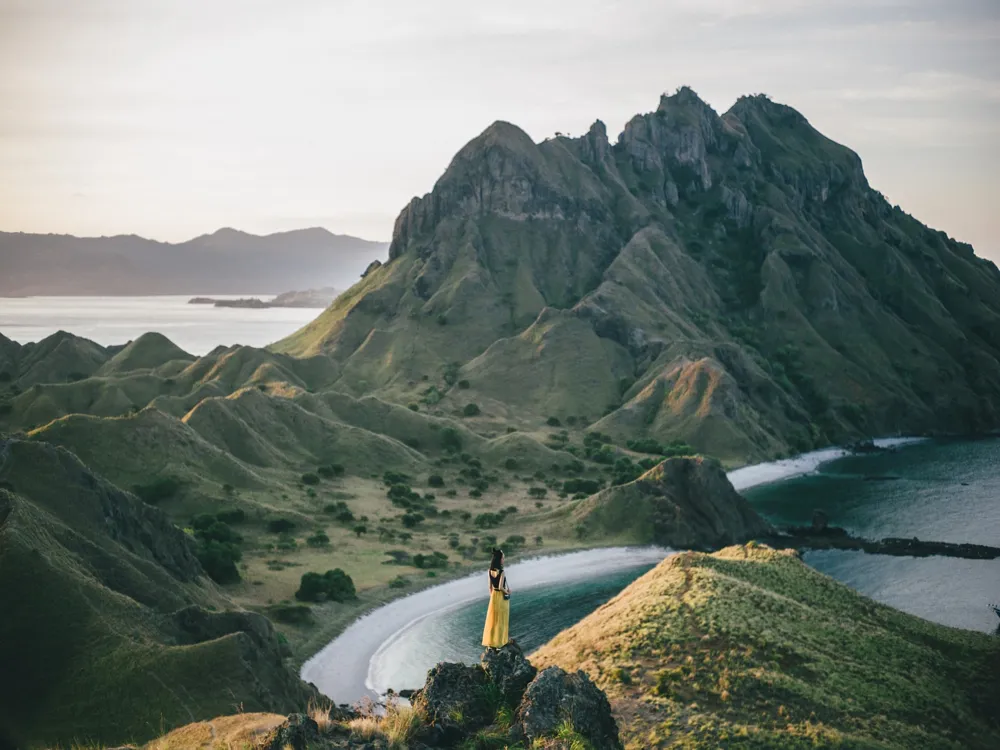Kelimutu National Park in Flores, Indonesia, is a marvel of nature, famous for its three colored lakes atop the Kelimutu volcano. Each lake has its unique color, which can vary over time due to volcanic gas activity. The colors range from turquoise to green, red, and blue. These lakes are not only a natural wonder but also hold significant cultural importance for the local Lio people, who believe the lakes are the resting place of departed souls. The area around Kelimutu is rich in biodiversity, featuring a range of flora and fauna, including some endangered species. The park is a haven for birdwatchers, with many endemic bird species found here. Additionally, the surrounding forests and landscapes offer a picturesque setting that captivates visitors. The geological history of Kelimutu is fascinating. The three crater lakes, although they share the peak of the same volcano, have different chemical compositions, leading to their varying colors. These lakes have become a subject of interest for geologists and volcanologists from around the world. The phenomenon is a result of the interaction between the minerals in the water and the volcanic gas. This interaction causes continuous changes in the water's color. Visiting Kelimutu offers a unique experience that combines natural beauty, cultural significance, and scientific interest. The surreal landscape of the colored lakes, set against the backdrop of the rugged Flores landscape, provides an unforgettable visual spectacle. The mystical atmosphere surrounding the lakes, enriched by local myths and legends, adds to the allure of this extraordinary destination. The architecture of Kelimutu is primarily natural and geological, characterized by the unique formation of its three colored lakes. These crater lakes, formed due to past volcanic activity, are cradled atop the Kelimutu volcano. Each lake's architecture is defined by its color and the surrounding terrain, making it a masterpiece of natural architecture. The landscape around Kelimutu is rugged and mountainous, with the volcano itself being a prominent feature. The trekking paths leading to the summit are carefully designed to blend with the natural environment, offering safe and accessible routes for visitors to explore the area. In addition to the natural architecture, there are minimal man-made structures in the area, designed to have a low impact on the environment. These include observation decks and small shelters that provide visitors with viewpoints to admire the lakes and the surrounding scenery. The design of these structures is typically simple and uses local materials, ensuring they harmoniously blend with the natural landscape. The architecture of Kelimutu is a testament to the power of nature and its ability to create awe-inspiring formations. The lakes themselves are the centerpiece of this natural architecture, drawing visitors from all over the world to witness their beauty and mystery. The ideal time to visit Kelimutu is during the dry season, from April to September, when the weather is more predictable, and the trekking paths are safer to navigate. Wear comfortable hiking shoes and layered clothing, as temperatures can vary greatly from the base to the summit of the volcano. Ensure you're in good physical condition for the hike and stay hydrated. Also, be mindful of the high altitude and its effects. Be respectful of local beliefs and traditions regarding the lakes, as they hold cultural significance for the Lio people. To reach Kelimutu, visitors typically fly into Maumere or Ende on Flores Island. From there, it's a scenic drive to Moni, the nearest town to Kelimutu. Various transportation options are available, including buses, car rentals, and organized tours. The final leg of the journey to Kelimutu involves a hike, which can take a few hours, depending on the starting point and the visitor's pace. Read More: Overview of Kelimutu of Flores
Architecture of Kelimutu
Tips When Visiting Kelimutu
Best Time to Visit
What to Wear
Health and Safety
Respecting Local Culture
How To Reach Kelimutu
Kelimutu
Flores
NaN onwards
View flores Packages
Weather :
Tags : Volcano
Fees and Prices : Entry Fees:
Weekdays - IDR 150,000
Weekends and Holidays - IDR 250,000
Planning a Trip? Ask Your Question
Flores Travel Packages
View All Packages For Flores
Top Hotel Collections for Flores

Private Pool

Luxury Hotels

5-Star Hotels

Pet Friendly
Top Hotels Near Flores
Other Top Ranking Places In Flores
View All Places To Visit In flores
View flores Packages
Weather :
Tags : Volcano
Fees and Prices : Entry Fees:
Weekdays - IDR 150,000
Weekends and Holidays - IDR 250,000
Planning a Trip? Ask Your Question
Flores Travel Packages
View All Packages For Flores
Top Hotel Collections for Flores

Private Pool

Luxury Hotels

5-Star Hotels

Pet Friendly








